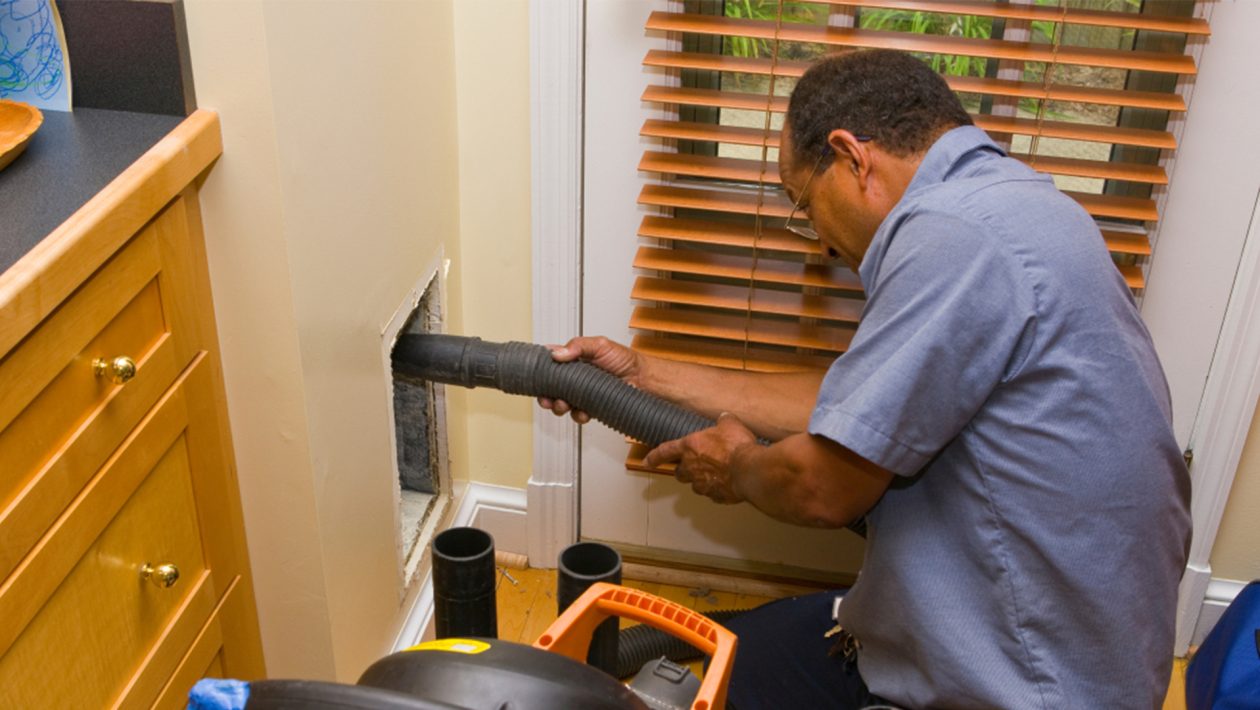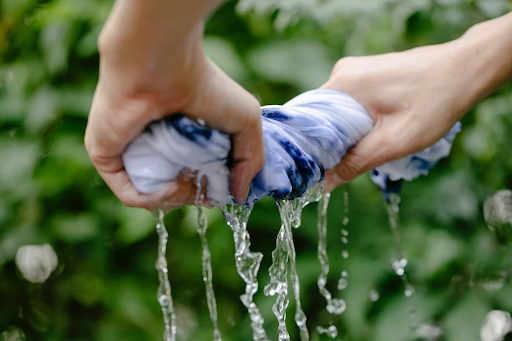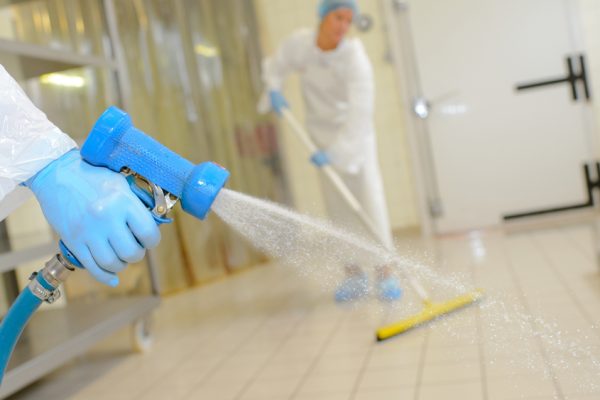Attention homeowners! Are you considering DIY duct cleaning? Before you grab your vacuum and start dismantling your HVAC system, take a moment to read this comprehensive guide. In “The Do’s and Don’ts of DIY Duct Cleaning,” we’ll explore everything you need to know to tackle this task effectively and safely, ensuring cleaner air and optimal HVAC performance for your home.
Table of Contents
Introduction:
Your home’s HVAC system plays a crucial role in maintaining indoor air quality and comfort. Over time, however, dust, dirt, and debris can accumulate in the ductwork, impairing airflow and diminishing air quality. DIY duct cleaning presents a cost-effective solution for addressing these issues, but it’s essential to approach the task with caution. In this guide, we’ll cover the do’s and don’ts of DIY duct cleaning, equipping you with the knowledge and tools needed to achieve satisfactory results without causing damage to your HVAC system.
Do: Conduct a Visual Inspection
Before you embark on the journey of duct cleaning, take the time to conduct a thorough visual inspection of your HVAC system. This initial step is crucial for identifying any visible signs of dust, debris, or mold that may be lurking within your ductwork. Start by examining the area around vents, registers, and duct openings for accumulations of dust or dirt. Pay close attention to corners and crevices where debris tends to accumulate.
In addition to dust and debris, be on the lookout for signs of moisture or mold growth. Moisture buildup in ductwork can create the perfect breeding ground for mold and mildew, posing potential health risks to you and your family. Signs of mold growth may include discoloration or staining on duct surfaces, as well as a musty odor emanating from the vents. If you detect any signs of mold or moisture, it’s essential to address these issues promptly before proceeding with cleaning.
By conducting a thorough visual inspection, you’ll be able to identify problem areas and determine the extent of cleaning required. This will help you tailor your cleaning approach to suit the specific needs of your HVAC system, ensuring a more effective and efficient cleaning process overall.
Don’t: Attempt DIY Duct Cleaning Without Proper Tools
While the idea of DIY duct cleaning may be tempting, it’s essential to resist the urge to tackle this task without the proper tools and equipment. Using household vacuum cleaners or makeshift cleaning implements may seem like a cost-effective solution, but these tools are often ill-equipped to handle the demands of duct cleaning. Not only are they ineffective at removing debris from deep within the ductwork, but they can also potentially damage your HVAC system in the process.
Instead, invest in specialized duct cleaning equipment designed specifically for this purpose. A high-powered vacuum with HEPA filtration is essential for effectively removing dust, dirt, and debris from your ductwork without releasing them back into the air. Additionally, invest in a variety of brushes and attachments designed for duct cleaning, which will allow you to reach into tight spaces and dislodge stubborn buildup.
Remember, when it comes to duct cleaning, it’s better to do it right the first time than to risk causing damage to your HVAC system with inadequate tools and equipment. Invest in quality duct cleaning equipment, conduct a thorough visual inspection, and approach the task with care and caution. Your home and your HVAC system will thank you for it in the long run.
Do: Follow Safety Precautions
Safety should always be a top priority when performing DIY duct cleaning. Before starting the cleaning process, turn off the power to your HVAC system to prevent accidental activation of the fan or other components. Additionally, wear appropriate protective gear, including gloves, goggles, and a dust mask, to shield yourself from dust, debris, and potential contaminants. Proper safety precautions will minimize the risk of injury and ensure a safe and effective cleaning process.
Don’t: Neglect Regular Maintenance
DIY duct cleaning is just one part of maintaining your HVAC system. To ensure optimal performance and air quality, it’s essential to follow a regular maintenance schedule. This includes replacing air filters regularly, scheduling professional HVAC inspections and tune-ups, and keeping the area around vents and registers clean and free of obstructions. By staying proactive with maintenance, you can extend the lifespan of your HVAC system and enjoy cleaner, healthier air year-round.
Do: Use Safe and Effective Cleaning Methods
When cleaning your ducts, opt for safe and effective cleaning methods that won’t cause damage to your HVAC system. Use gentle but thorough techniques, such as brushing and vacuuming, to remove dust and debris from duct surfaces. Avoid harsh chemicals or abrasive cleaning agents, as these can corrode ductwork and compromise airflow. Instead, stick to mild detergents or specialized duct cleaning solutions recommended by HVAC professionals.
Don’t: Ignore Warning Signs
Pay attention to any warning signs that may indicate the need for professional duct cleaning. If you notice persistent odors, excessive dust buildup, or reduced airflow from your vents, it may be time to call in a professional duct cleaning service. Attempting to address severe duct issues on your own could worsen the problem and result in costly repairs down the line. When in doubt, consult with HVAC experts to determine the best course of action for your specific situation.
Summing up:
In summary, DIY duct cleaning can be a cost-effective way to improve indoor air quality and HVAC performance, but it’s crucial to approach the task with care. Follow these do’s and don’ts to ensure a safe and effective cleaning process:
- Conduct a visual inspection before cleaning.
- Invest in proper duct cleaning equipment.
- Follow safety precautions, including turning off the power and wearing protective gear.
- Maintain your HVAC system regularly to prevent buildup.
- Use safe and effective cleaning methods, avoiding harsh chemicals.
- Pay attention to warning signs and seek professional help when needed.
By following these guidelines, you can enjoy cleaner air and a more efficient HVAC system while avoiding potential pitfalls and costly mistakes. Remember, when in doubt, it’s always best to consult with HVAC professionals to ensure the best possible outcomes for your home and family.



